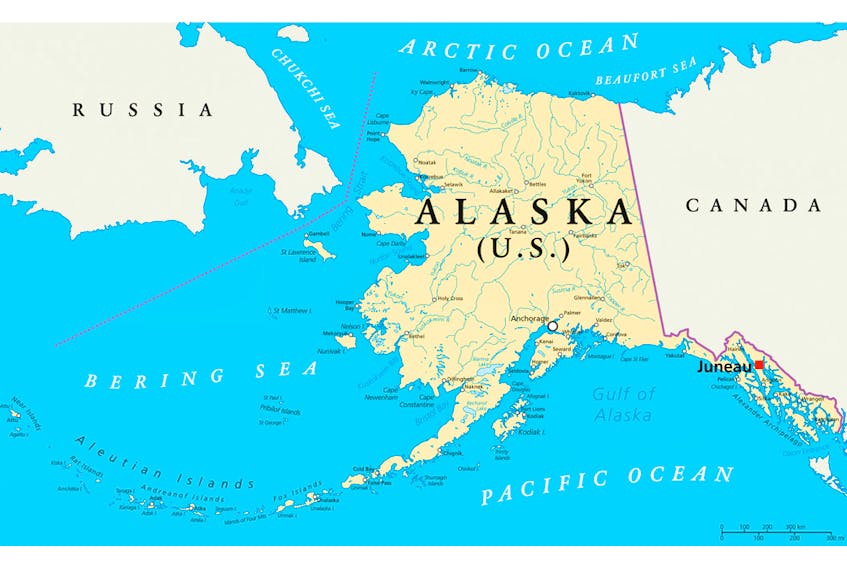
My father studied the oceans for his entire professional career. A chemical oceanographer at Dalhousie University, he looked at everything from the distribution of nutrients in the water column to the makeup of the ocean itself.
It’s perhaps because of him that I’m so interested in the changing news about the ocean, especially when it comes to the change in water temperature. Oceans are vast, and because of that, raising them even a degree or two means a massive absorption of heat.
I wonder what he’d make of what the ocean is telling us now.
I’ve written before about one thing that’s clearly changing in the East Coast fishery: species are moving north to cooler water. North Carolina’s a good example. There, lucrative fish stocks like black sea bass are moving north, leaving fishermen with quota having to steam far up the U.S. coast to catch their fish, as far as New Jersey in some cases.
This year, it’s been even stranger in that state: researchers are finding growing numbers of bull sharks in waters far north of their usual range, along with Pacific lionfish and Florida stone crab.
The areas that can support East Coast lobster are also moving. South of Cape Cod, lobster populations have fallen by as much as 90 per cent. It’s such a concern for the industry that Nova Scotian lobster fishers are taking part in trap-based temperature gauge monitoring for ocean scientists.
It’s something that concerns the fishing industry tremendously: a small change in temperature can move mobile species away from fishing grounds, and can cause falloffs or collapses in spawning for species that can’t move — or at least, can’t move quickly enough to escape the changes.
What struck me this week, though, is not East Coast news. It’s news from the other side of the continent. It’s what is happening in the Bering Sea, a part of the fishing world that is out of the way enough that most people are familiar with it only from reality shows like the crab fishing program “Deadliest Catch.”
The boom-or-bust crab fishery is certainly the most public fishery, but crab is only part — a high value part, but still just a part — of the Alaskan fisheries equation.
One other species is Pacific cod — and that cod stock is doing interesting things.
Fisheries regulators are recommending an almost 30 per cent cut in the Pacific cod catch in 2018 in the eastern Bering Sea, because of two factors: the largest drop ever in fish abundance in last year’s trawl survey (46 per cent) and a 37 per cent drop in biomass.
At the same time, the Northern Bering Sea is showing a 907 per cent increase in Pacific cod over the last seven years.
The suggestion is that same volume of fish is still in the Bering Sea, just moving further north. Pollock in the region are also moving north — the question that remains an open one is whether the fishermen can move, too. Is it cost effective to move north? Is the change temporary — or, like the East Coast, is it a move that looks more and more like a steady northward march to follow both food and the temperature necessities of spawning?
It’s fascinating, ever-changing and potentially very damaging for those who make a living on the sea.
And, just like the cod collapse off Newfoundland in 1992, there’s still plenty that isn’t known. Northern Pacific regulators are singing the same tune that Atlantic fishers know all too well: there’s not enough research to say for certain why the fish are going, how far they’re going, and whether they’ll ever come back.
Russell Wangersky’s column appears in 39 SaltWire newspapers and websites in Atlantic Canada. He can be reached at [email protected] — Twitter: @wangersky.









